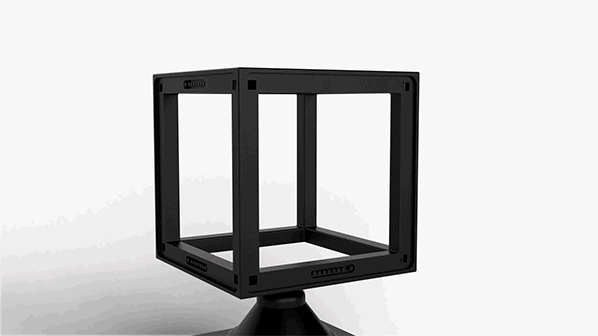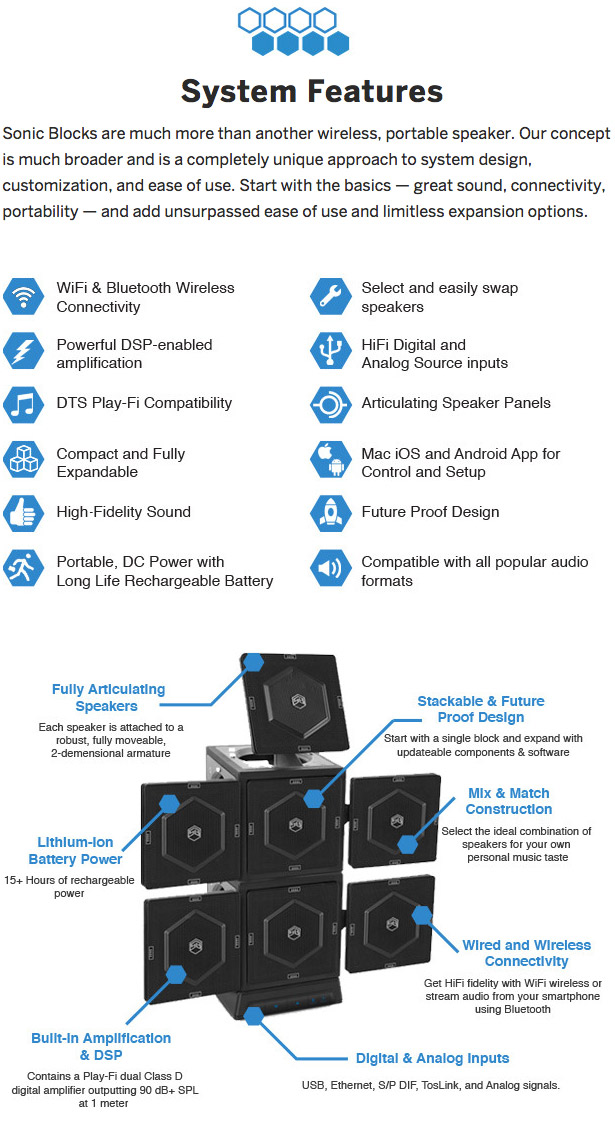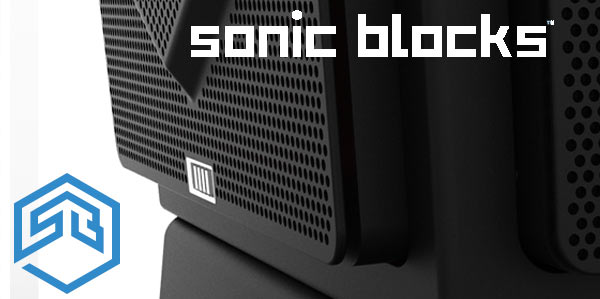The Making of A Crowdsourcing Campaign
I’m been down in the trenches over the past week working on the campaign for Sonic Blocks. My friend Scott and his son came up with the idea for a completely modular music “ecosystem” a couple of years ago and it’s finally going to get the exposure that it deserves through Indiegogo in a little over a week (the campaign goes live a week from tomorrow). In addition to working behind the scenes on the audio aspects of the system, it’s been my responsibility to flush out all of the graphics, make the animated GIFs, draft the message, and assemble the product page on the Indiegogo site. You’d think that this could be done in a matter of a couple of days, but you’d be wrong. I’ve spent the better part of the last ten days creating the materials and writing the copy for the page. There’s animations to create, export, and link to as well as static graphics and the central video. And Scott loves it. It’s true that we should have done the work over the past 12 months, but better late than never.

So what does it take to develop an idea and bring it to consumers? In simple terms, it’s takes a lot of time, effort, money, and imagination. And there’s still no guarantee that it’s going to be successful. Sonic Blocks has a very good chance IMHO. It’s a solid product that delivers what it promises. Scott and I will be talking about modularity, system design, and audio personalization on Scott Wilkinson’s The Home Theater Geek show this Thursday afternoon. If you’re interested to hear what the inventor has to say about his unique idea and how I influenced the concept and realization, please stop by on Thursday and check it out. HTG allows real time questions from the audience, so don’t be shy about commenting or asking questions. Here’s the link to the Home Theater Geek site.

Sonic Blocks is not an audiophile component or system. It’s not designed to be an ultra fidelity system but it can deliver very good sound quality AND it allows you to expand and modify the individual components without scrapping the whole thing. That’s what makes it different from other wireless speaker systems. Imagine being able to quickly and easily swap one speaker driver for another, better quality speaker. Sonic Blocks allows consumers to replace individual drivers without tools, solder, or technical expertise. It’s all done with magnets.
Crowdsourcing is a disruptive idea. Who would have thought that a small team — or even an individual — could conceive an idea, develop that idea into a project, and successfully fund it through the Internet. I proved that it can happen (yes, I know I should have been working on the book over the past week but Scott needed my multimedia expertise) with my book project last fall and again with the Paul Horner CD project. But Sonic Blocks is reaching for a whole lot more in terms of funding.
So tune in on Thursday to the Home Theater Geek and see if you can get behind the idea for Sonic Blocks. See you then.


Mark,
great concept and product. Well done with production of product info, striking and excellent quality!!
imho very flexible design and lends itself to a myriad of different quality and priced configurations
Great, I look forward to hearing them one they are available. I think it is a cool idea and I wish you all the very best luck on the campaign.
Mick E.
Sorry if this sounds negative, but what exactly is the problem to which these blocks are the solution?
The ability to quickly and easily reconfigure the system with alternate drivers. There isn’t another system that I’m aware of that gives you that option.
Hello Mark
Interesting arrangement of pieces for a stereo system. In general, how do you feel about class D amplifiers?.
I don’t have a problem with Class D amplification. The Sonic Blocks system is based on the Play-Fi engine and that’s why the hardware is what it is.
In a 101 college economics class, the professor posed a simple question my maturing brain had not before considered: “I have a hundred-dollar bill to give you. Would you prefer it now or 6 months from now?” Given that his promise was beyond reproach, and that a busy college student might scarcely notice a six month wait for a modest hundred dollars, it amazed me that next to no one preferred the wait. Even considering the possibility that some unforeseen event might make the deferred gift extremely appreciated at the time, the answer was always the same. Somehow, wired into our brains is the awareness of the time-value of money. Our brains are capable of considering the uncertainties of life and the single direction of the arrow of time and conclude the known and present is preferable over the unknown and distant.
Mr. Waldrep is faced with this problem, but, of course, from the other side. He is the one holding the “bill”, a newly written book and some collection of other gifts. These were the things promised us, in the future, if we would only pay for them “today”. Even when the “future” was ill defined, (…more than three months but less than a year, let’s say) many of us valued the items promised MORE than we valued the money spent at the time. Thus, the “disruptive” crowd sourcing model provided the funds for the “Book” project. But, reading the lines and between the lines, it appears that the project is not always Mark’s most important interest.
My advice: Free up time by stop trying to convince people that a particular chain of music reproduction hardware is deficient or ineffective. Let them believe what they choose. Accept the fact that few people want scientific evidence or will believe it when provided. That’s ok. This is America! Now, back to the book…. Thanks.
@Robert, it is not the time value of money, it is the time value of benefit. If you are unable to do what you want to do NOW because of lack of resources, would you rather have the resources, or not? There is only one answer when it is explained that way.